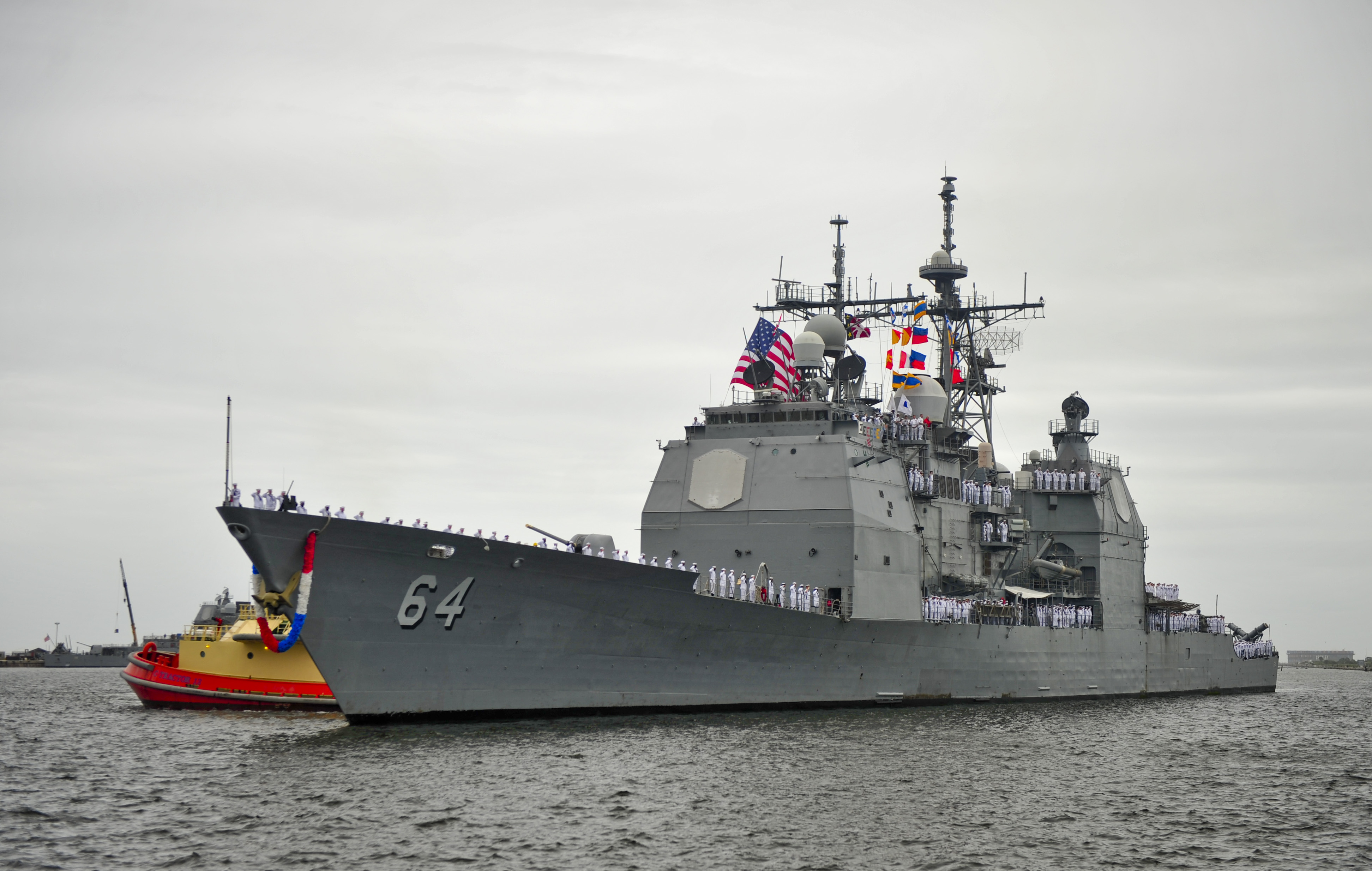
Navy Has Started Two Cruiser Modernizations, Long Term Plan Still Pending
While the Navy’s long range cruiser program is still in flux, the modernization effort for the Navy’s Ticonderoga-class (CG-47) guided…
Copyright 2024 U.S. Naval Institute. All Rights Reserved.